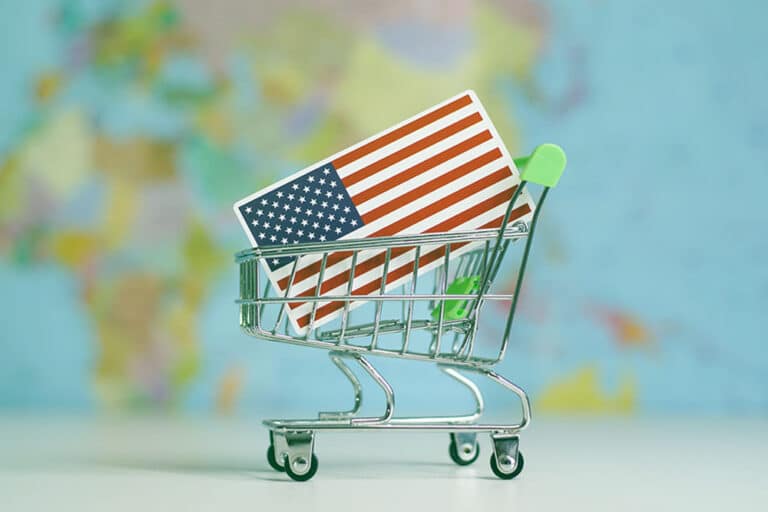
On June 12, the U.S. Bureau of Labor Statistics reported the latest Consumer Price Index for All Urban Consumers (CPI-U) in June. The CPI rose 3% in June from a year ago, the slowest rate in more than two years.
Richard Rauch, Investment Director at Brandywine Global says: “We were expecting disinflation to start to take hold as we move through 2023. This was a favorable print in terms of the Fed getting toward its terminal rate – we still think the Fed hikes in July despite lower-than-expected CPI.
“We want to be mindful that this is but one data print, with volatile series like airfares surprising to the downside. Stepping away, shelter inflation is still a strong contributor to CPI, but we expect shelter inflation to continue in a downtrend into the end of the year. Used vehicles also experienced disinflation.
“Inflation has fallen a lot in the US, now for 12 consecutive months after peaking over 9% a year ago. Optimism that it will keep falling is what has supported risk assets. We think it is going to keep falling, too. But the decision-makers at the Fed are not convinced. Their job is to keep inflation on target. They believe policy rates and the unemployment rate need to go higher in order to push inflation back to target.
Also read: Bond Outlook: Fed Pause Leaves Many Paths to Income Potential
“The Fed might be right but the justification for its viewpoint is mainly the inflation rate itself and the low level of unemployment. This stance implies no change in view or policy until after inflation has fallen, as was the case after inflation rose. And it is not just the Fed. Its perspective is the orthodoxy these days among western central bankers and high-profile economic commentators: higher for longer on rates.”
Rauch adds: “Brandywine Global’s view on inflation is more optimistic because:
- The financial and monetary variables point in that direction.
- Inflation is the final piece in a falling line of dominoes. What went up in 2020 and 2021—cryptocurrency, commodities, real estate, economic growth, and inflation—have retreated in perfect sequence starting late 2021 and early 2022. Now it is inflation’s turn.
- We believe keeping conditions tight until inflation has receded to target is a strategy for overshooting the objective and moving straight to deflation. A lot of lip service—but perhaps not enough credence—is given to the notion of policy lags. What the Fed implements today affects the economy months or years later.
- The retreat in inflation seen since June of last year has little to do with Fed policy, in our view. The reaction to what the Fed has done or is going to do is yet to come.”

































